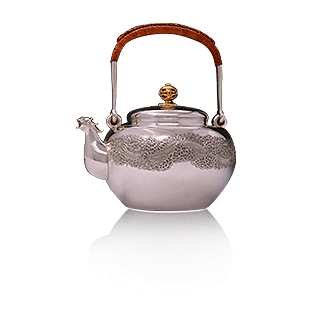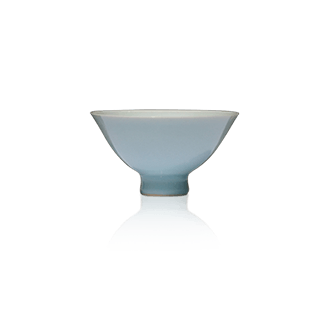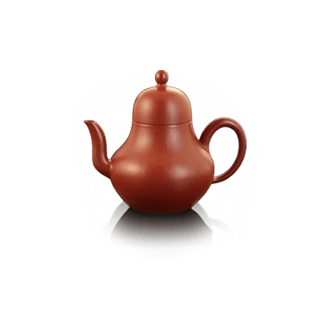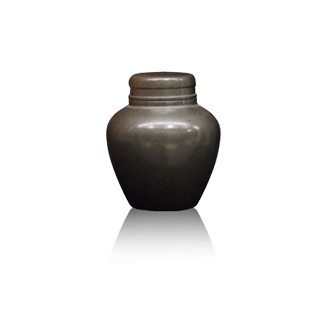

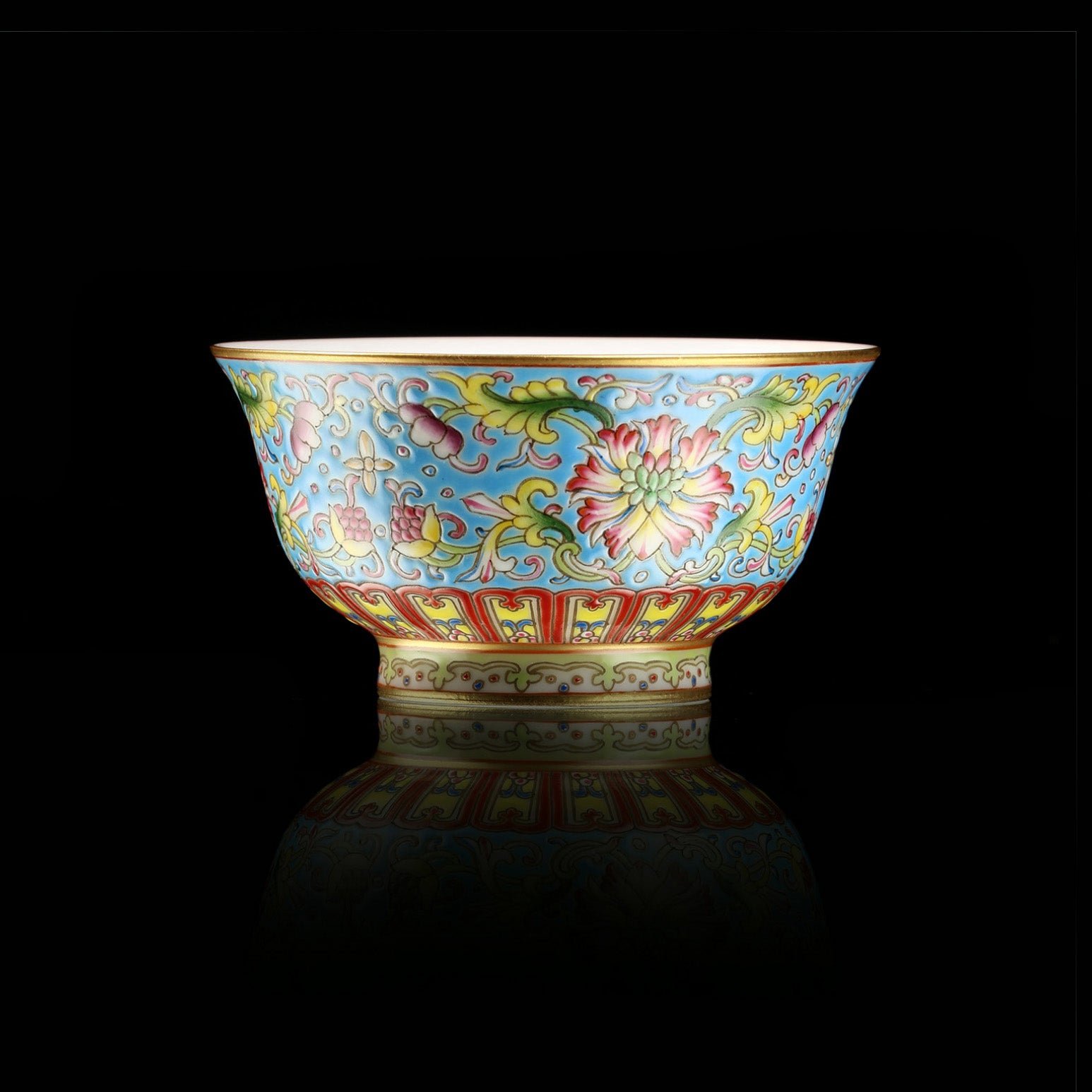
Blue ground famille rose lotus scroll pattern covered bowl/cup





Blue ground famille rose lotus scroll pattern covered bowl/cup
Blue ground famille rose lotus scroll pattern covered bowl/cup
Blue ground famille rose lotus scroll pattern covered bowl/cup
Vessel Type: Gaiwan (盖碗)
Artist: dayatang
Material: Porcelain )
Specifications: Diameter: 11.7cm (Diameter) Height: 10cm (Overall height) capacity 150ml (Capacity)
Vessel Type: Gaiwan (盖碗)
Artist: dayatang
Material: Porcelain )
Specifications: Diameter: 11.7cm (Diameter) Height: 10cm (Overall height) capacity 150ml (Capacity)

Blue-ground famille rose lotus scroll pattern covered bowl
This blue-ground famille rose covered bowl with lotus scroll design was painted by Zhang Jian, a master of overglaze enamel and gold-leaf technique from Jingdezhen. (Master Zhang Jian once represented Jingdezhen in painting a dragon vase to celebrate President Hu Jintao's birthday.) It was commissioned by Dayatang and is not available on the market.

Enamel painting is an overglaze decoration technique that transfers the enamel painting method to porcelain. Later generations referred to it as "Guyuexuan," while internationally it is known as "Rose Enamel." Enamel painting originated in the late Kangxi period of the Qing Dynasty, and it was further developed during the Yongzheng period. Enamel-painted porcelain is a new type of colored porcelain created in the late Kangxi period under the direction of the Kangxi Emperor. Production was greatest during the Yongzheng and Qianlong periods, and decreased significantly after Qianlong. According to Qing Dynasty court records and the markings on the original boxes used for enamel-painted porcelain, the official name for enamel-painted porcelain during the Qianlong period should be "painted enamel on porcelain body." Enamel-painted porcelain was an art form exclusively for the emperor and empress's enjoyment, and its production was strictly controlled by the court. The white porcelain blanks needed for its production were provided by the Jingdezhen Imperial Kiln Factory. After being transported to the palace, under the emperor's instruction, court painters meticulously painted the porcelain at the Enamel Workshop of the Imperial Household Department, and court calligraphers inscribed poems and signatures. Finally, it was fired in a charcoal kiln at around 600℃. Typical enamel porcelain from the Yongzheng and Qianlong periods is an artistic treasure combining poetry, calligraphy, painting, and seal carving, representing the pinnacle of ancient Chinese polychrome porcelain craftsmanship. This enamel covered bowl required the enamel material (a special artificially refined pigment) to be fired four times in kilns at different temperatures. The blue of this enamel has the texture of a natural sapphire, while the gold is painted with pure gold, and the pink hues are distinct and layered. It possesses a relief-like color texture, making it exquisitely beautiful.

Blue-ground lotus scroll pattern upturned bell cup


I wish to be intertwined with you
In traditional Chinese wedding customs, tea has always been a symbol of "purity, steadfastness, and many children and blessings".





In ancient times, tea was used as a gift in marriage, symbolizing "unwavering commitment".
"Tea trees do not need to be transplanted; they will surely produce offspring."
—Excerpt from Xu Cishu's "A Study of Tea Culture"

Therefore, it has been passed down through generations that tea is used as a gift when men and women get engaged, and tea ceremony has become an important way for men and women to establish a marital relationship.

Tea became a betrothal gift for men to propose to women, called "offering tea" or "setting the tea," and when the woman accepted the tea gift, it was called "receiving tea" or "drinking tea," which meant that the marriage was legal.

During the wedding ceremony, there is also a "three-course tea" ceremony. The first course is "hundred fruits"; the second course is "lotus seeds or dates"; and the third course is "tea leaves", all of which are meant to symbolize "unwavering fidelity".

When receiving the first cup of tea, hold it with both hands and bow deeply. Then, lightly touch the teacup to your lips before having it taken away by a family member.
The second infusion is prepared in the same manner. Only on the third infusion can one accept the cup, bow, and drink it.



Frequently asked questions
Use the FAQ section to answer your customers' most frequent questions.
Order
Yes, we ship all over the world. Shipping costs will apply, and will be added at checkout. We run discounts and promotions all year, so stay tuned for exclusive deals.
It depends on where you are. Orders processed here will take 5-7 business days to arrive. Overseas deliveries can take anywhere from 7-16 days. Delivery details will be provided in your confirmation email.
You can contact us through our contact page! We will be happy to assist you.





